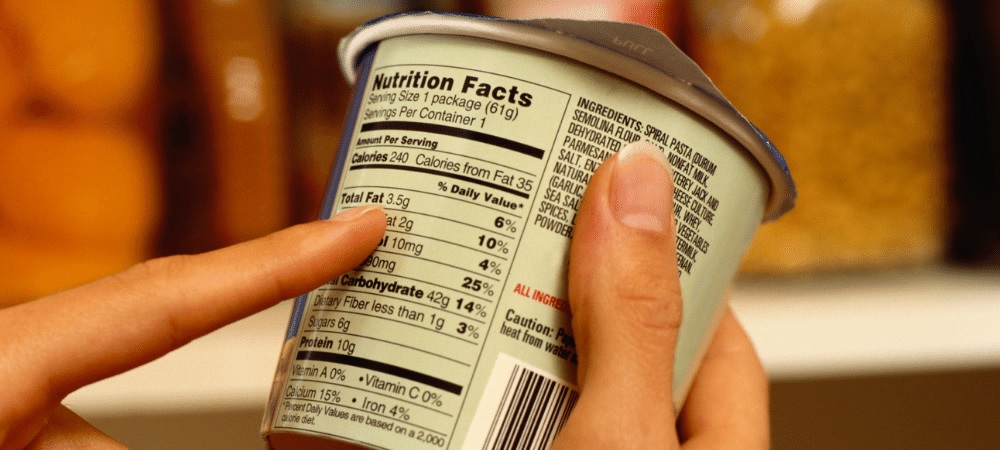
Culinary Identities: Food Label Printing
In the dynamic world of the food industry, where first impressions matter, the label on a product plays a pivotal role. Food label printing is not just a technical process; it’s an art form that combines creativity, compliance, and communication. This exploration delves into the intricacies of food label printing, examining its importance, regulatory considerations, and the creative aspects that make each label a unique storyteller.
The Significance of Food Labeling
Communication and Brand Identity
- First Point of Contact: The label is often the first interaction a consumer has with a product, serving as a visual introduction.
- Brand Representation: It conveys the brand’s identity, values, and promises, establishing a connection with the consumer.
Regulatory Compliance
- Legal Requirements: Food label printing must adhere to strict regulations, providing accurate information about the product’s contents, nutritional value, and more.
- Consumer Empowerment: Clear labels empower consumers to make informed choices, especially regarding dietary preferences and allergens.
Key Elements of Food Label Printing
Essential Information Inclusion
- Product Name and Description: Clearly state the name and a concise description of the food product.
- Ingredients List: Detail all ingredients in descending order of prominence, helping consumers understand what goes into their food.
- Nutritional Facts: Display the nutritional content per serving, offering insights into calories, fats, sugars, and more.
Allergen Warnings
- Highlighting Allergens: Clearly identify common allergens to ensure those with allergies can easily spot potential risks.
- Cross-Contamination Information: If applicable, communicate the risk of cross-contamination, emphasizing food safety.
Customization and Creativity in Food Label Printing
Material Selection
- Paper vs. Synthetic: Choose between paper and synthetic materials based on the product’s nature, ensuring durability and visual appeal.
- Texture and Finish: Experiment with textures and finishes to create a tactile and visually appealing label.
Color Palette and Imagery
- Brand Colors: Use the brand’s color palette to maintain consistency across all product lines.
- Product Imagery: Incorporate high-quality images or illustrations that visually represent the product.
Sustainability in Food Label Printing
Eco-Friendly Materials
- Recyclable and Biodegradable: Embrace materials that align with environmental sustainability goals.
- Minimalist Design: Opt for minimalist designs that reduce ink usage and promote a clean, eco-friendly aesthetic.
Challenges and Innovations in Food Label Printing
Small-Batch Labeling
- Cost-Effective Solutions: Innovations in digital printing make small-batch labeling more economically viable for niche or artisanal products.
- Variable Data Printing: Customize labels efficiently, allowing for variations in product information or promotions.
Smart Labeling Technology
- QR Codes and NFC Tags: Integrate technology like QR codes or NFC tags for interactive experiences, providing consumers with additional information or promotions.
- Track-and-Trace Systems: Enhance transparency by incorporating track-and-trace systems through advanced printing technologies.
Choosing the Right Printing Partner
Expertise and Compliance
- Regulatory Understanding: Ensure the printing partner has a deep understanding of food labeling regulations.
- Quality Control: Partner with a provider that prioritizes quality control to avoid printing errors and compliance issues.
Customization Capabilities
- Flexibility: Choose a printing partner capable of handling various label sizes, materials, and finishes to meet specific brand needs.
- Design Support: Look for providers that offer design support to enhance label creativity.
Conclusion
In the realm of food label printing, every label is a canvas, telling a story of taste, quality, and values. From the carefully chosen color palette to the precision in conveying nutritional information, each label contributes to the overall culinary experience. As technology evolves and sustainability takes center stage, the future of food label printing holds exciting possibilities. It’s not just about printing; it’s about crafting identities that resonate with consumers, inviting them to savor not just the food but the entire experience encapsulated in a well-designed label.







